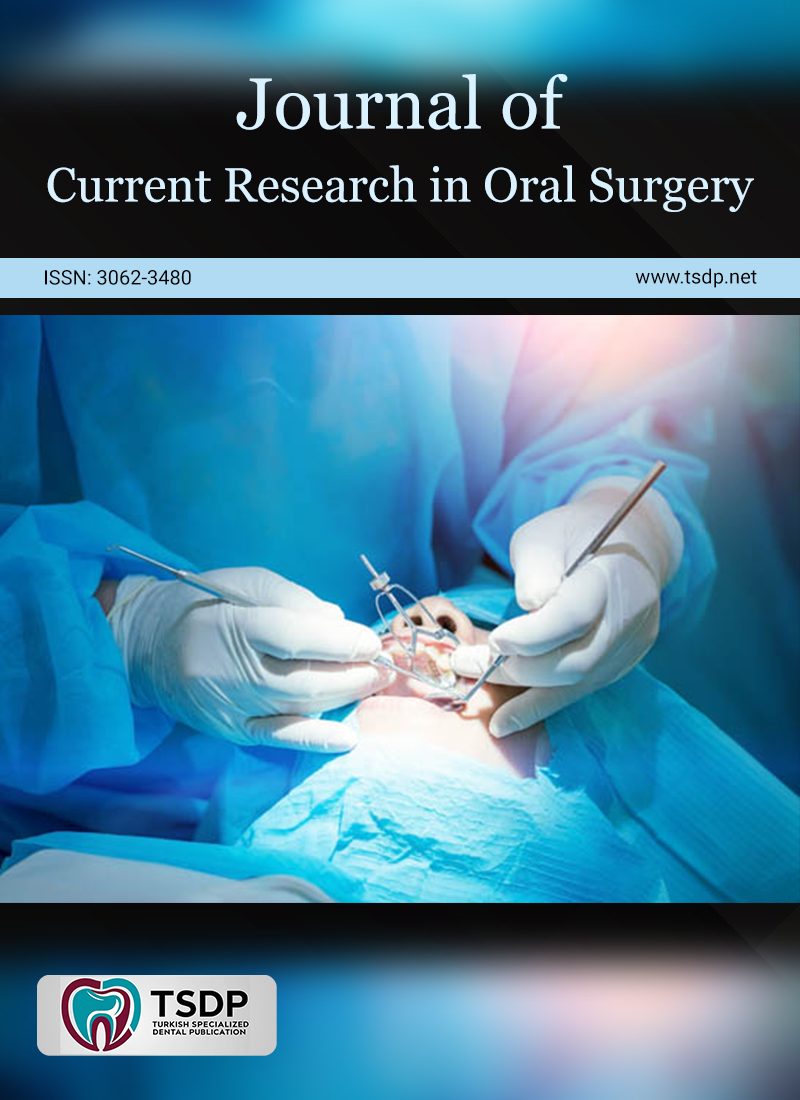
Tooth extraction leads to changes in the dimensions of the alveolar ridge, prompting efforts to reduce complications and bone loss. Various strategies have been investigated to preserve bone width, height, and keratinized tissue after extractions. This systematic review analyzes the effect of secondary and primary intention healing on the dimensional changes and histomorphometric properties of the alveolar ridge. In adherence to PRISMA guidelines, a literature search was performed on the Cochrane Library, PubMed, and ScienceDirect databases. This review included randomized controlled trials, retrospective studies, observational studies, split-mouth randomized trials, single-blinded, and controlled clinical trials. Articles published between March 1, 2013, and March 1, 2023, that compared bone changes or histomorphometric data after tooth extraction were included. The risk of bias was assessed using the “Cochrane Collaboration’s risk-of-bias (RoB 2) tool.” A total of 5 studies, involving 92 patients and 128 extracted teeth, were reviewed. The findings showed no significant difference in the resorption of alveolar height and width between the groups treated with primary or secondary intention. Similarly, there were no significant differences in histomorphometric changes between the two healing methods. Therefore, the healing method choice did not significantly affect the dimensional alterations or new bone formation in post-extraction defects.